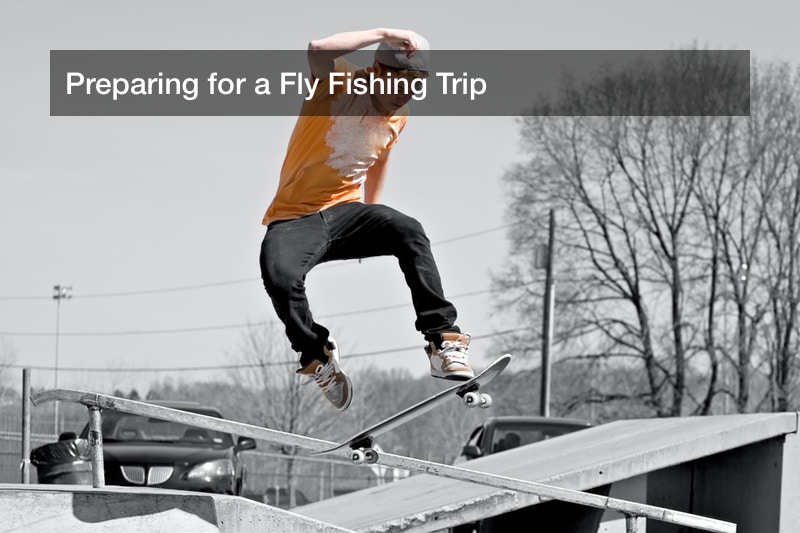
Fishing is a popular outdoor sport around the world today, and more people than ever are taking up this hobby. In 2017, for example, the numbers show that some 11.6 million youth participants aged six to 17 took part in fishing across the United States. In that year, a grand total of 51.59 million people overall went fishing, and many of them are going fly fishing in particular. This is a distinct type of fishing, which requires its own gear such as fly rod reels, fly fishing gear bags, fly fishing outfits, and specialized bait. It may take some time to get all this and learn the proper technique to go fly fishing, but this can be a fun and rewarding hobby to try out in Mother Nature.
The Right Stuff
Someone who is getting into fly fishing for the first time will need all the right gear, and they can find it with online catalogs and at local outdoor hobby retailers. At a retailer, the customer can find fly fishing gear bags, Sage fly reels, line and bait, and the right clothing for fly fishing. Better yet, the customer can ask the staff there for help, and find the right gear for their needs and within their price range. Some fly fishing reels or rods might be more expensive or specialized than others, and there’s even a variety of fly fishing gear bags to try out. Some of these fly fishing gear bags are like backpacks, and others are more like duffel bags, with different compartments and zippers to store all kinds of items. Among those items may be artificial bait, which is often covered in feathers to help it imitate insects. Still, some fly fishers may use live bait, such as crickets.
Going fly fishing means dressing up for the occasion, since fly fishers don’t often stand on piers or boats while fishing. Instead, they tend to stand directly in the stream or creek where they are fishing, and to avoid getting soaked and chilled, they will wear tall boots. These waterproof boots will keep the fisher dry and warm for hours on end, and some of these boots may be a part of an overalls set. Meanwhile, a fly fisher is advised to wear a brimmed hat to keep the sun off their neck and face, and they can also wear sunglasses to protect their eyes from sunlight glare on the water’s surface. Finally, that fly fisher may wear a vest covered in pockets, which can store anything from their sunglasses to a mobile phone to a spare reel or bait.
Out on the Water
A novice fly fisher may go along with a more experienced angler and learn all sorts of techniques and ideas from them. Even someone who has done conventional fishing before will have something to learn, since fly fishing casting is unique. The bait for fly fishing is too small and light to draw out the line with its weight, so instead, the fly fisher will move their rod to cast the line directly. Mastering this may take some work, but it will be worth it. After all, allowing the line and bait to land lightly on the water’s surface means that there’s no disruptive splash that may scare away the fish. And when a fish does bite, the fly fisher can reel it right in. If they’re keeping the fish, it’s a good idea to have a live-capture bucket filled with water on hand and put the fish inside. If the angler is performing “catch and release,” they will remove the hook from the fish’s mouth and return it to the water before it suffocates.
Fly fishers, like other anglers, should also note any local wildlife conservation limits when they start their fishing trip. Different fish species may have different minimum lengths for keeping, and a maximum for how many individual fish can be kept. Fish shorter than that limit must be released again. Following these rules helps maintain a healthy breeding population for all local fish species, and that also helps future anglers enjoy fishing in that area, too.

